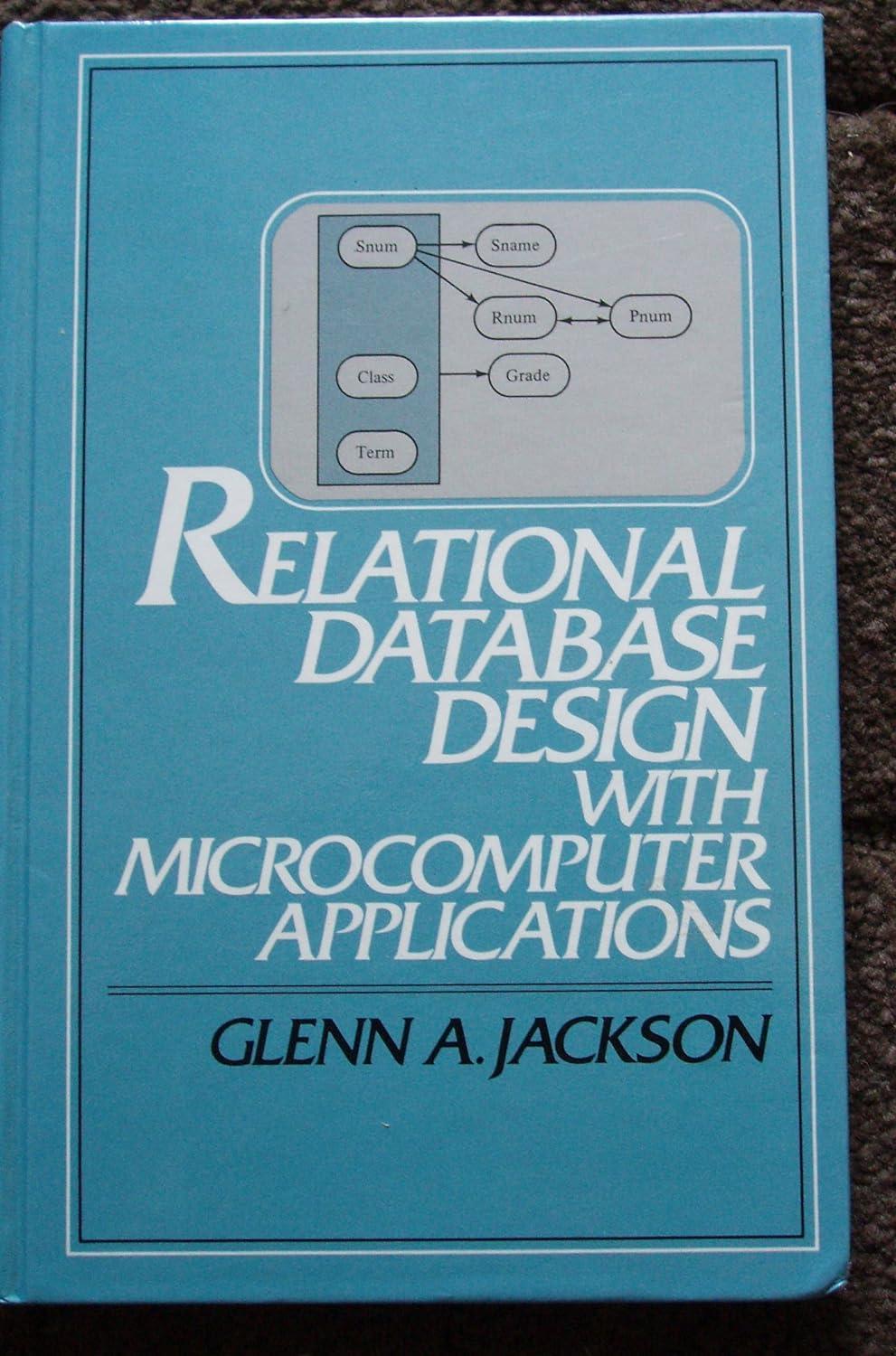Please help me with the following code in Scheme language:


1. Given the next mathematical expression, write a recursive Scheme procedure to compute its first six terms. fin if n =1 otherwise f(n 1) * f(n 1) + 2n +1 2. Familiarize yourself with the following Scheme procedures: 1. (string-length "abc) produces 3 2. (string-length ") produces () 3. (substring "hello world 0 5) produces "hello 4. (string=? "hello" "good bye) produces #f 5. (string-ci=? "hello" "HELLO'') produces #t 6. (string-append "Hello" " Goodness'') produces "Hello Goodness" (a) Define a recursive procedure my-str-len taking one string argument s. The procedure my-str-len computes the length of the string in s. You must use the following procedure, (define (my-substr s) (cond ((string = ? s101) ) (else (substring s 1 (string-length s))))) (b) Define a recursive procedure substring? taking two arguments sstr and main-str that determines if sstr is a substring of main-str. Use only the string functions: string-length, substring and string=?. (c) Write a recursive procedure string-reverse that takes a single argument in-string. The procedure string-reverse takes its argument in-string and returns its reverse. For example, (string-reverse "dad n mom'') produces mom n dad The next helper function may be useful: (define (substr-ref str n) (substring str n (+ n 1))) 1. Given the next mathematical expression, write a recursive Scheme procedure to compute its first six terms. fin if n =1 otherwise f(n 1) * f(n 1) + 2n +1 2. Familiarize yourself with the following Scheme procedures: 1. (string-length "abc) produces 3 2. (string-length ") produces () 3. (substring "hello world 0 5) produces "hello 4. (string=? "hello" "good bye) produces #f 5. (string-ci=? "hello" "HELLO'') produces #t 6. (string-append "Hello" " Goodness'') produces "Hello Goodness" (a) Define a recursive procedure my-str-len taking one string argument s. The procedure my-str-len computes the length of the string in s. You must use the following procedure, (define (my-substr s) (cond ((string = ? s101) ) (else (substring s 1 (string-length s))))) (b) Define a recursive procedure substring? taking two arguments sstr and main-str that determines if sstr is a substring of main-str. Use only the string functions: string-length, substring and string=?. (c) Write a recursive procedure string-reverse that takes a single argument in-string. The procedure string-reverse takes its argument in-string and returns its reverse. For example, (string-reverse "dad n mom'') produces mom n dad The next helper function may be useful: (define (substr-ref str n) (substring str n (+ n 1)))








